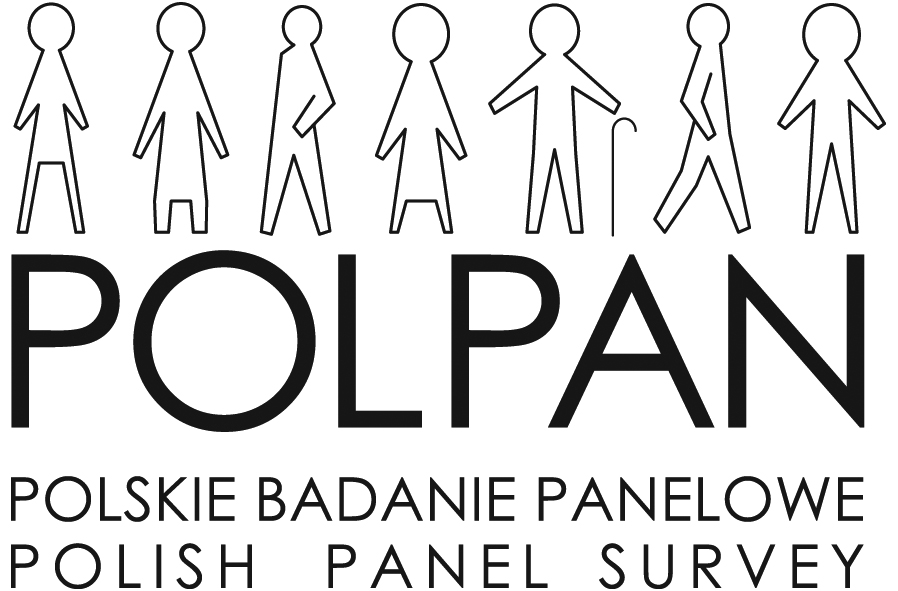On October 16th Dr. Anna Kiersztyn presented a paper: ‘The Dynamics of Overeducation on the Polish Labor Market’.
Abstract:
In Poland, the last two decades were a period of a fast increase in educational attainment. This ‘educational boom’ was motivated by the notion that higher education was an entry ticket to better jobs. However, the point has been made that as the labor market is unable to accommodate the growing number of university educated workers, a large share of the latter are pushed into jobs for which they are overeducated. I analyzed the incidence and dynamics of overeducation in Poland, using data from the Polish Panel Survey (POLPAN), conducted on a representative random sample of individuals aged over 20 in the years 1988-2008. The main object of my analyses was to assess whether such mismatches can be regarded as stepping stones to more adequate jobs, or traps for workers. According to the data from the most recent wave of POLPAN, around one out of five Polish workers can be considered overeducated for their jobs. The incidence of overschooling increased almost threefold since 1988. Dynamic analyses of long-term changes in the persistence of overeducation among individual workers in the sucessive panel waves found that more than 50% of those working in jobs below their level of education throughout the studied period remained in that situation five years later. In general, overeducated workers were about four times more likely to be overqualified in the subsequent panel wave, compared to other working respondents, even when other important factors are controlled for. The youngest cohorts, workers aged 26-35 in 2008, faced a higher risk of persistent overqualification than other cohorts. The above findings are consistent with the results of an additional analysis of the correlates of overeducation in 2008, which suggest that the risk of overeducation is determined mainly by structural factors, in particular the limited access to adequate employment in the responents’ place of residence.
